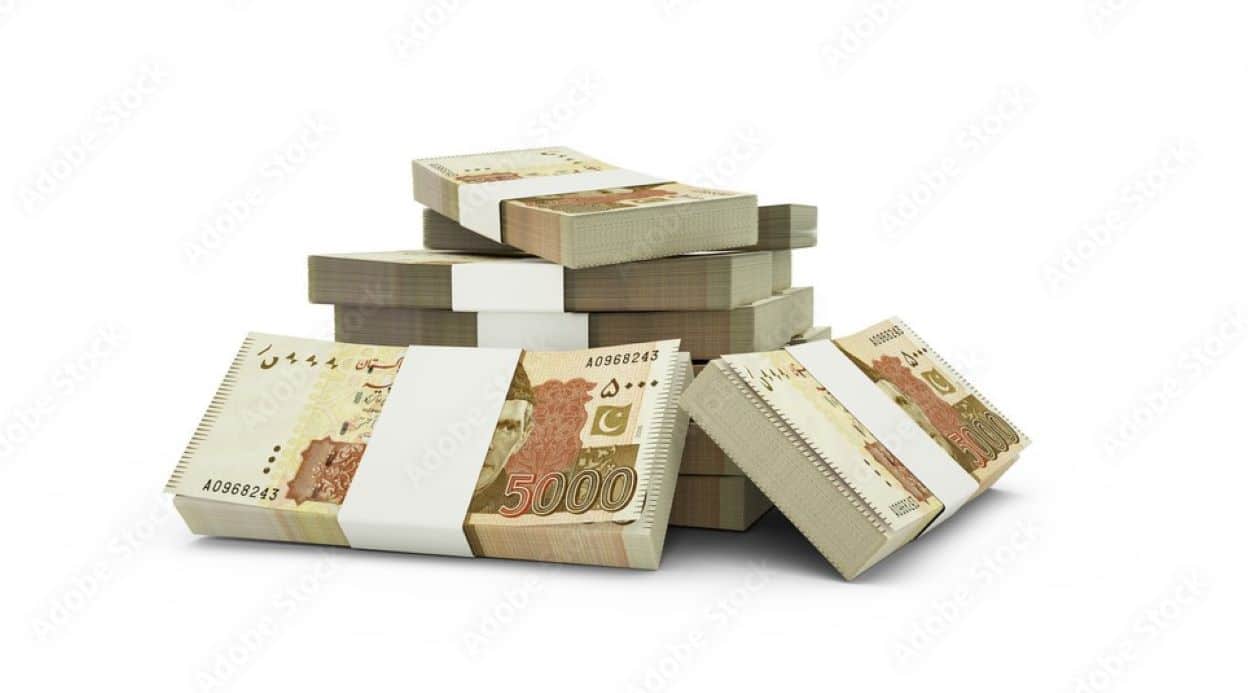To circumvent a government-imposed tax, commercial banks have started charging a fee on deposits exceeding specific thresholds, ranging from Rs1 billion to Rs5 billion.
Major banks like Bank Alfalah, MCB, Meezan, HBL, and Standard Chartered have notified clients with large deposits about these new fees. Starting November 21, any account balance surpassing these thresholds on the month’s final day will incur a 5% monthly fee, applicable to both rupee and foreign currency accounts.
Some banks, such as Meezan, have set daily credit balance limits on checking accounts. Notices to customers state, “The bank reserves the right to refuse or return amounts exceeding this limit.”
Despite these measures, some bankers suggest that cash deposits might drop further if the advance-to-deposit ratio (ADR) stays below 50% at year-end. Consumers worry about potential additional fees if banks don’t reach the 50% ADR target.
These steps aim to minimize the banks’ year-end tax burden linked to their profits.
Banks are optimistic about achieving a 50% ADR by December’s end. They employ a unified strategy of imposing fees on large deposits to discourage excessive balances.
Banks have individually tailored strategies, imposing fees ranging from 4% to 6% on significant deposits.
In the FY25 budget, the government announced a tax of up to 15% on banks if their ADR remains under 50% as of December 31, 2024. Despite potential tax pressures, banks doubled their profits in CY2023. S.S. Iqbal, a senior banker and financial expert, praised the banks’ strategic response to the tax challenge, noting that it would likely protect their earnings.
Bank lending has surged by Rs1.1 trillion in the past 25 days, reducing their deposits, which had already decreased by 1% during the same period.
Another senior banker, R.M. Alam, noted that banks have 40 days to adjust their ADR, which currently stands at approximately 44%. The average was 38% at budget time, which would have subjected them to a 15% tax if below 40%.
However, the tax rate has already decreased to 6% since the ADR is between 40% and 50%. Insiders indicate that the strategy targeting large deposits will not impact smaller depositors, but interest rates on savings accounts are likely to drop with policy rate reductions.
Suppose the government’s projected revenue from the incremental tax falls short. In that case, large-scale borrowing from banks may begin, as seen in FY24, potentially leading to significant risk-free profits from government securities.
The FBR is currently Rs180 billion short of its target for the first four months of the fiscal year, though independent economists estimate the shortfall to be over Rs400 billion.






